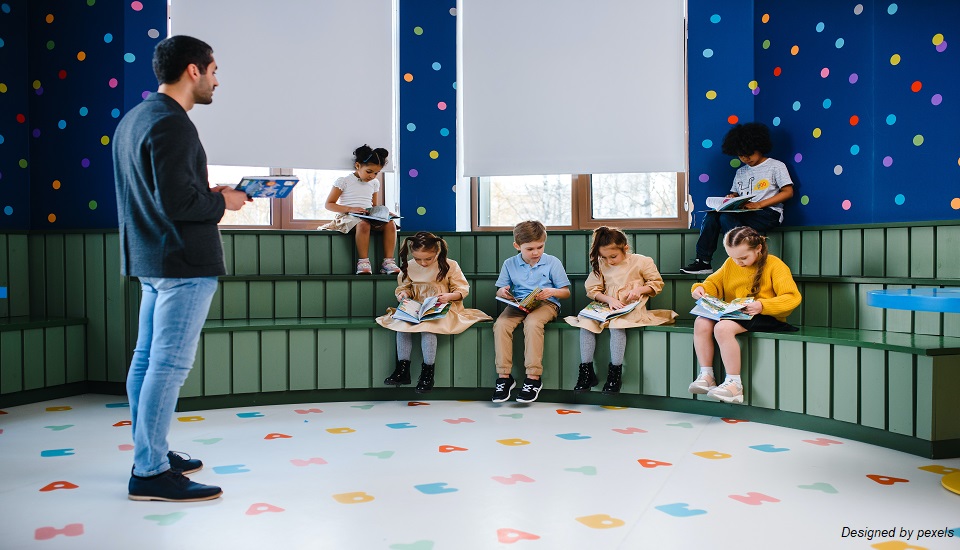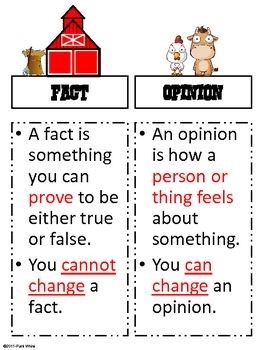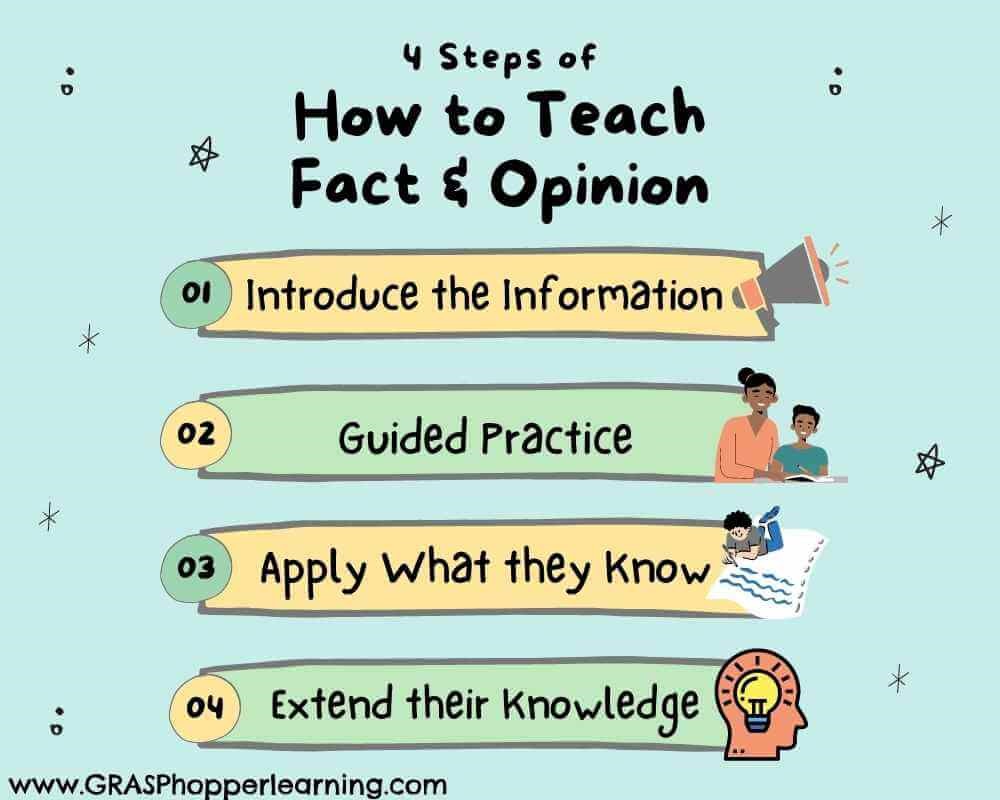
5 Tips To Plan A Fact And Opinion Lesson For Elementary Kids
14th April 2023
Teaching fact and opinion especially in an elementary classroom can be daunting as facts are often proven by objective and scientific demonstrations while opinions are subjective based on beliefs. Helping your elementary students understand this can put you in a tough spot but encouraging these skills will help them make a well-reasoned judgment and produce evidence-based arguments in the future. Read to learn to teach facts and opinions in a classroom.

Identifying A Fact
Before you dive straight into how to teach facts and opinions to your students, it is extremely essential to offer a clear-cut definition of what exactly are facts. Here is how you can explain facts to beginners:
- A fact is a statement that can be proven.
- A fact can be proven by researching through a book, video, or website.
Identifying An Opinion
An opinion is someone's thoughts, beliefs, or feelings and it can vary from person to person also your opinion can change over time. Here are some keywords that may signal that a given statement is an opinion and not a fact:
- Feelings: hate, love, favorite, dislike, enjoy
- Adjectives: best, worst, boring, interesting, easiest, hardest
- Beliefs and thoughts: prefer, think, always, never, believe
How To Teach Fact And Opinion To Your Students

Here are some tips on how to teach facts and opinions in the elementary section:
- Introduce The Information
Before teaching students the difference between fact and opinion, it is important to define the terms clearly. A fact is a statement that can be proven to be true or false. An opinion is a statement that expresses a person's beliefs, feelings, or thoughts. Using examples, provide a clear understanding of the difference between the two.
You can also use visual aids such as pictures, videos, and diagrams when teaching facts and opinions. Use examples that are relevant and familiar to your students and have anchor charts for your students to let them decide whether the statement is a fact or opinion and why.
- Analyze Books, Stories, Editorials
Children's books can be an excellent resource when teaching facts and opinions. Choose books that provide examples of both facts and opinions and encourage students to identify which is which. Make sure to use books that are appropriate for your student's reading level.
Have them read through a passage to identify facts and opinions throughout. You can also push their knowledge even further by asking and then explaining how they identified the difference between the two. Exciting news, editorials, and even speeches from political candidates can be a straightforward activity as students can share their findings with the class and then you can have them compare what they found in each article.
- Play Games
Games are an effective way to engage students and make learning fun. Games such as fact and opinion bingo or fact and opinion matching can help students better understand the concepts. Make sure to provide clear instructions and offer support as needed.
Apart from games, graphic organizers can be a useful tool when teaching facts and opinions. For example, you might use a Venn diagram to compare and contrast facts and opinions. This can help students see the differences between the two and identify when they are being presented with an opinion instead of a fact.
- Provide Real-World Examples
Provide students with real-world examples of both facts and opinions. This can help students see the importance of being able to differentiate between the two. For example, you might provide examples of advertisements or political speeches that use opinions to try to persuade people.
Reinforce the concepts of fact and opinion throughout the year. Use examples in different subjects, such as science or social studies, to help students see how they apply in different contexts. Regularly review the concepts and provide opportunities for students to practice identifying facts and opinions.
- Encourage Critical Thinking
Encourage students to question everything they read or hear. Encourage them to ask themselves whether a statement is a fact or an opinion and to provide evidence to support their answer. This can help students develop their critical thinking skills and become more discerning consumers of information.
As an educator, it is important to model critical thinking skills for your students. Encourage them to ask questions and challenge assumptions. Demonstrate how to research a topic and evaluate sources of information. Extend their knowledge by offering several prompts to make their skills get stronger, you can also challenge them to write their own paragraphs.
Build Better Learners For Tomorrow!
Being able to identify what is fact and opinion and also distinguish between real and fake news is quite essential these days. This, with proper guided practice your students will be able to master the art of deciphering information and become pros. If you want some ideas for incorporating reading skills into your classroom, try enrolling yourself in an online early years care and education course to look for ways to spiral the reading skills of your students all year long.
Written By : Park Jin Ae




